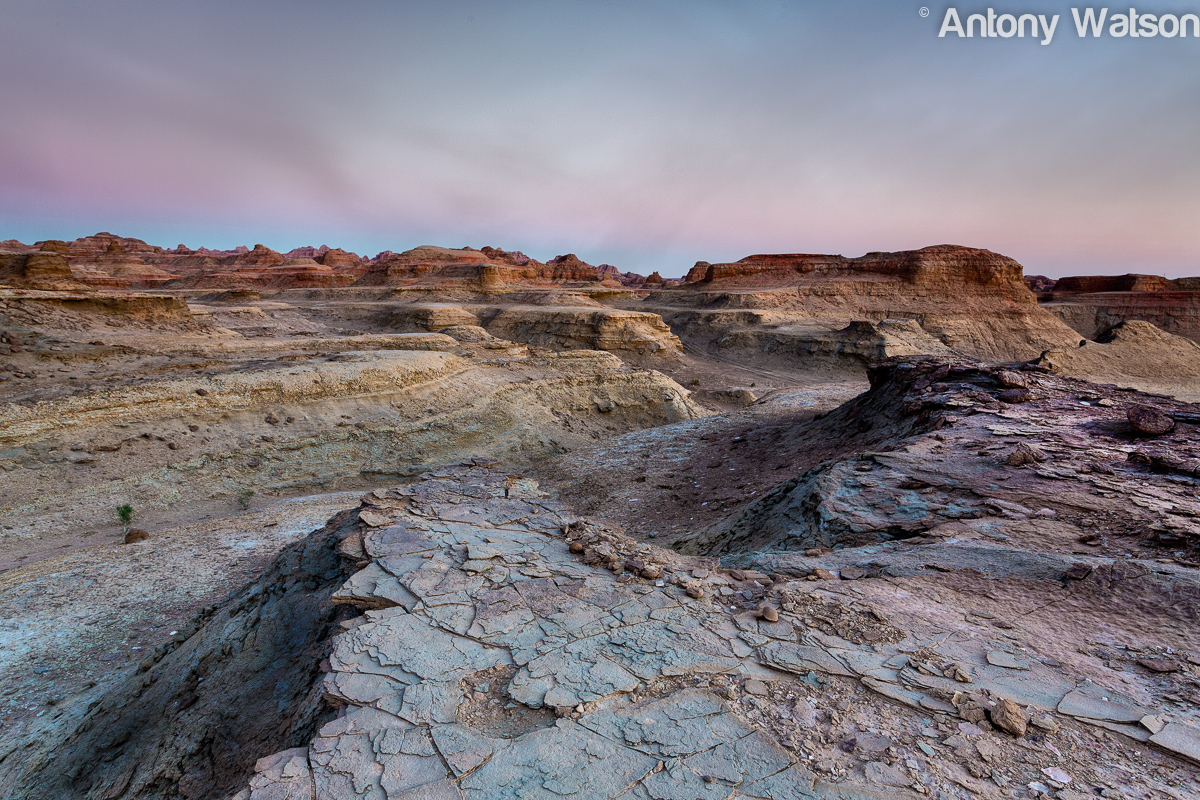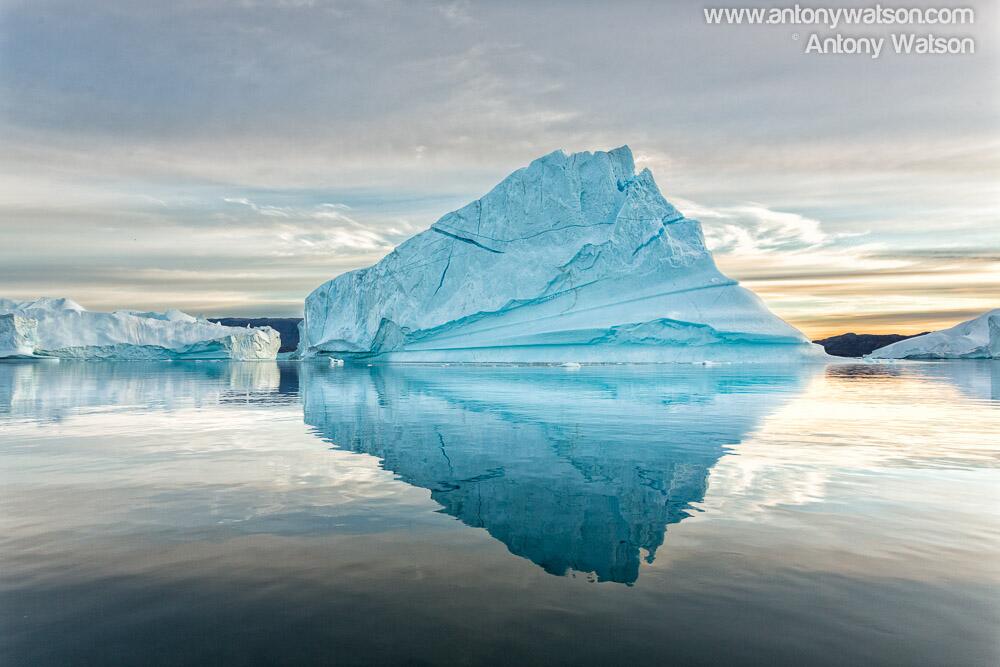Photographing at the Ghost City was something I had been looking forward to ever since we started planning this expedition.
Known as Yardang landscape by the locals, the Ghost City is so named due to the ghost like sounds created by the winds that blow through the landscape at night. The landscape itself is compressed dirt and sand, over thousands of years slowly eroded by wind and the occasional rainfall (annual rainfall is 4mm (1/6th of an inch) per annum), forming what can only be described as one truly amazing landscape.
Plant life is non-existent, and animal life even more so. When the wind was still, not a sound could be heard. Yet at one point a flock of Starlings zipped past cutting the silence with a wisp sound reminiscent of the sound effect used in samurai movies as razor sharp blades slice through the air.
The landscape being made of extremely fine compressed sand and dirt was extremely fragile. It was formed in to rocks, slate like sheets and even egg shaped boulders. But what appeared to be rock , when trodden upon would crumble under my boots. Sheets of salt reminiscent of shards of glass were scattered across the landscape. Each step taken marred the landscape which meant we had to be careful to tread carefully and along the same pathways time after time as we planned our shots.
Care also had to be taken with equipment. As the wind blew the fine dust picked up by the wind was getting into the threads on our lenses and I could feel it in my hair. Open cameras to change lenses was a matter of turning ones back to the wind, and opening ones camera bag on the ground was a process in ensuring neither of us was walking past the other and that you didn’t need to adjust your footings as dust just took off.
The Ghost City, its textures, its structures and its extremely fine dust was as close as I ever believe I will get to a lunar landscape.
Truly amazing and easily my most favourite photographic location in Xinjiang China and I cannot wait to get back there!!

Canon 5D Mark 3, Canon 17-40 f/4 L ISO 100 Hitech Prostop 10 Stop filter
